Enabling and leveraging climate action towards net-zero emissions.
Nearly zero-energy buildings
Nearly zero-energy buildings
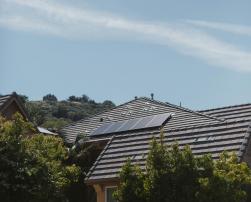
A new study explores Plus Energy Buildings (PEBs) as a step beyond net zero energy buildings (nZEB), highlighting their benefits and the need for comprehensive evaluation across energy, environmental, and economic criteria.

The renovation wave requires an integrated, participatory, and neighbourhood-specific approach that is customised to the local environment. A digital tool called RESTO (Renovation Strategy Tool) has been developed to help local municipalities automate calculations for comprehensive renovation strategies, by utilising public databases at the neighbourhood level.
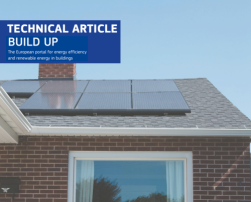
Integrated photovoltaics has emerged as key to reducing net greenhouse gas emissions across different sectors, such as building, transport, and agriculture. This article reviews the competitiveness of Building-Integrated Photovoltaics (BIPV) and Infrastructure-Integrated Photovoltaics (IIPV) in residential applications.
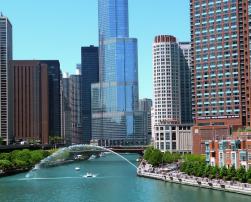
The US Department of Energy's new national definition aims to establish clear criteria for zero emissions buildings, enhancing clarity and confidence in real estate sustainability efforts.
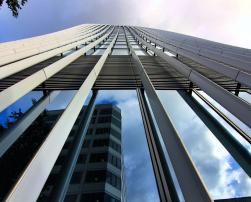
The EU Peers Summit in Brussels highlighted the critical role of one-stop shops in advancing energy-efficient building renovations to achieve a zero-emission EU building stock by 2050.
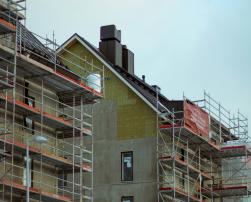
Buildings must be renovated at a faster rate using cost-effective methods showcased by Horizon programme projects to meet the European Green Deal’s emission reduction goals.
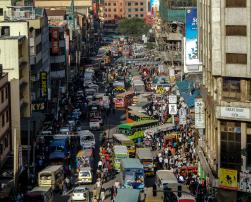
At the IEA’s 9th Annual Global Conference on Energy Efficiency in Nairobi, speakers called for a renewed focus on energy efficiency in Africa, highlighting urbanisation's dual role as a challenge and opportunity, and stressing the need for solutions that address social and technical aspects.

Transform-ER, a consortium funded by Innovate UK's Net Zero Heat programme, aims to retrofit one million homes annually by 2030 by developing and deploying scalable retrofit solutions to overcome market barriers.
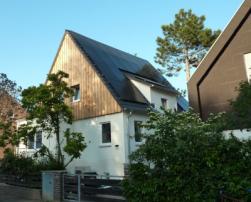
A 1928 house is being transformed into a cosy, energy-efficient home with modern insulation, triple-glazed windows, a PV system, and a heat pump.